Using a variety of techniques to develop hybrid scavenger nanoparticles, researchers in China have created an efficient and reusable water filter to effectively clean polluted water up to safe drinking standards.
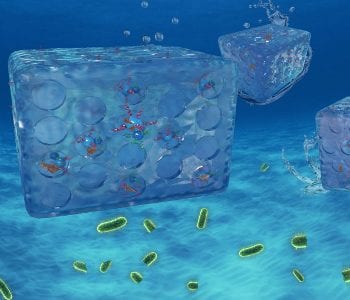

Using a variety of techniques to develop hybrid scavenger nanoparticles, researchers in China have created an efficient and reusable water filter to effectively clean polluted water up to safe drinking standards.
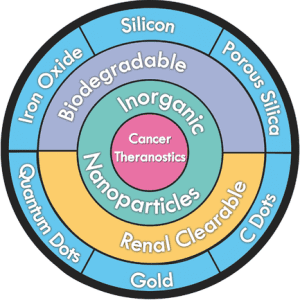
Nanoparticles have proven to be a powerful tool in fighting cancer through the development of personalized therapy options.

Chinese researchers have reported Ni3FeN nanoparticlessynthesized by thermal ammonolysis of ultrathin NiFe- layered double hydroxide (LDH) nanosheets.
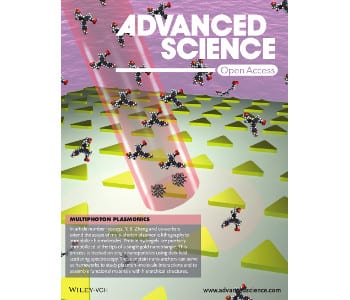
Researchers from Texas, USA, and Spain, used the technique multiphoton plasmonic lithography (MPPL) to achieve immobilization of bovine serum albumin hydrogels on a single gold nanotriangle (AuNT).
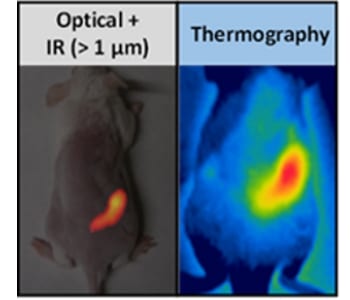
Ultrasmall NdVO4 nanoparticles are presented as a promising agent for deep-tissue photothermal therapy.
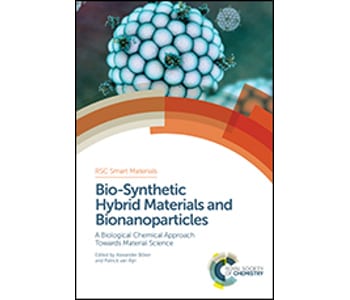
Bio-synthetic Hybrid Materials and Bionanoparticles, edited By Alexander Boker, and Patrick Van Rijn: book reviewed by Dr. Fabio Nudelman, University of Edinburgh, Edinburgh, UK.
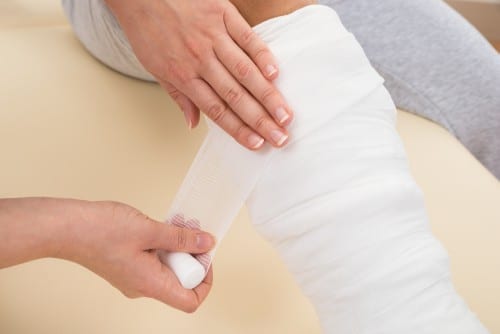
An international, interdisciplinary team is developing highly porous biomaterials for localised release of therapeutic ions and drugs
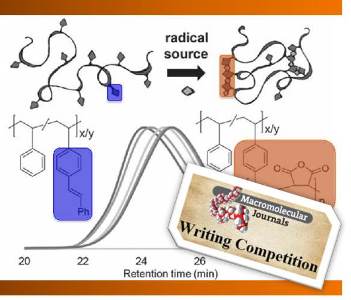
Dynamic synthetic polymer systems are emerging as modules to study structure-property functions, motivated largely by Nature’s biopolymers.
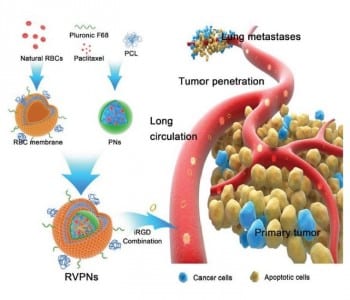
A nanosized drug delivery system is developed, which significantly inhibits tumor growth and metastasis formation of breast cancer when loaded with the drug paclitaxel.
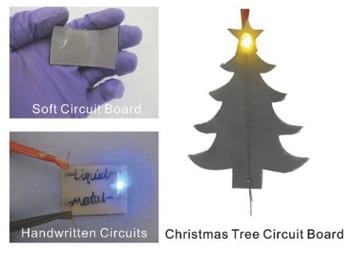
This video shows that it is possible to ‘mechanically sinter’ liquid metal nanoparticles to form soft, electrically conductive traces by hand.